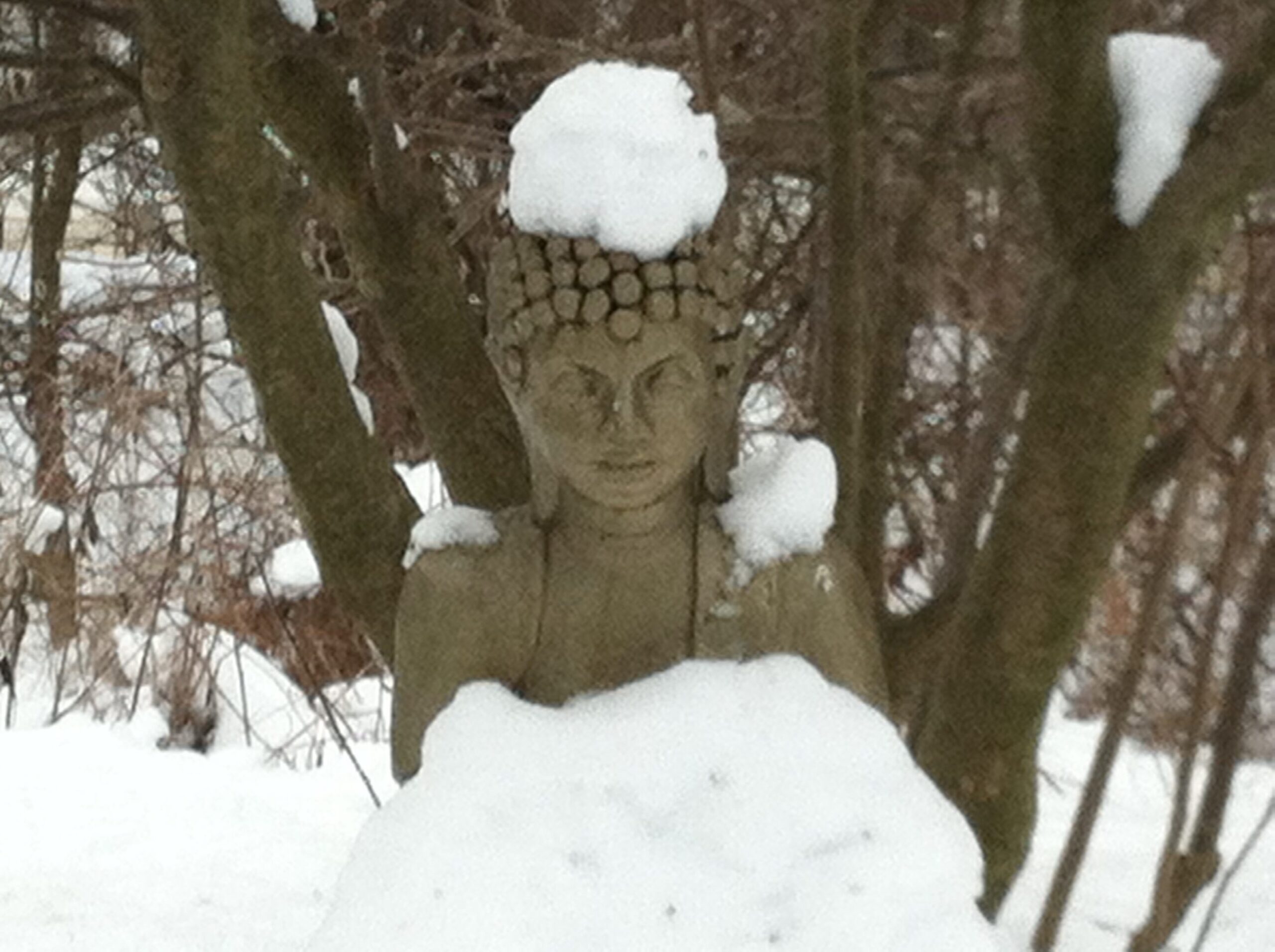Verse 3: To rely on solitude, along with class notes for part 1, is here.
Commentary: Dilgo Khyentse advises us: “If you wish to concentrate entirely on the Dharma instead of being constantly tossed hither and thither by waves of attachment and aversion, give them up and go to a solitary place.” As we discussed last week, and as the verse states, if we simply isolate our body and mind from disturbance and distraction—if we just sit down every day in our practice space and apply ourselves to study, contemplation, and meditation for an allotted time—the rest of the path will unfold naturally. We have Togme Zangpo’s word for this, and Dilgo Khyentse’s; in fact, all our teachers tell us the same thing. Waking up is so simple. We just have to roll up our own sleeves.
But wait! Many of us find it challenging to engage in formal practice even when we have time on our hands, and for that reason I suggest we ask ourselves, honestly and without judgment: Do I wish to concentrate entirely on the dharma and disengage from the endlessly fascinating waves of emotional turbulence?

